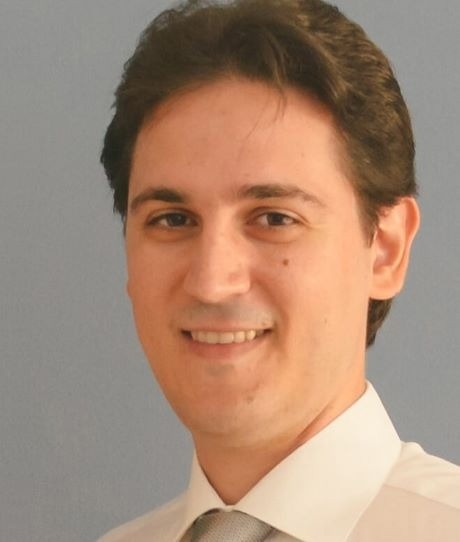One of the fundamental rules of construction has been turned on its head by an Aston University researcher.
 Dr Haris Alexakis. Image Credit: Aston University
Dr Haris Alexakis. Image Credit: Aston University
For centuries, a hanging chain was used to demonstrate how masonry arches stand.
The seventeenth-century scientist Robert Hooke’s theory that a hanging chain will replicate the shape of an upstanding rigid arch is well-known to structural engineers.
According to research from Aston University’s College of Engineering and Physical Sciences, this widespread belief is incorrect because, despite their similarities, the hanging chain and the arch are two dissimilar mechanical systems.
Dr. Haris Alexakis used the scientific transition from Newtonian to Lagrangian mechanics, which resulted in the development of modern physics and mathematics, to demonstrate this with mathematical rigor.
He returns to the equilibrium of the hanging chain and the arch in his study, detailing that the two systems function in different spatial frameworks.
As a result, the hanging chain needs only translational force to be in equilibrium, while the inverted arch demands both translational and rotational force. As a result, solutions are always distinct.
Dr. Alexakis’ results indicate subtle discrepancies in the way Hooke’s analogy has been interpreted and applied for the design and safety evaluation of arches over the centuries, as well as its practical limitations.
The analogy between inverted hanging chains and the optimal shape of masonry arches is a concept deeply rooted in our structural analysis practices. Curved structures have enabled masons, engineers, and architects to carry heavy loads and cover large spans with the use of low-tensile strength materials for centuries while creating the marvels of the world’s architectural heritage.
Dr. Haris Alexakis, Aston University
Dr. Haris Alexakis adds, “Despite the long history of these practices, finding optimal structural forms and assessing the stability and safety of curved structures remains as topical as ever. This is due to an increasing interest to preserve heritage structures and reduce material use in construction, while replacing steel and concrete with low-carbon natural materials.”
The research, which was published in the journal Mathematics and Mechanics of Solids, proposes a new structural analysis method founded on the principle of stationary potential energy that would be quicker, more flexible, and aid in the calculation of more complex geometries.
As a result, analysts will no longer need to consider the equilibrium of each individual block or describe the load path of thrust forces geometrically to obtain a rigorous solution.
The analysis tools discussed in the paper will enable us to assess the condition and safety of heritage structures and build more sustainable curved structures, like vaults and shells. The major advantage of these structures, apart from having appealing aesthetics, is that they can have reduced volume, and can be made of economic, low-tensile-strength and low-carbon natural materials, contributing to net zero construction.
Dr. Haris Alexakis, Aston University
Journal Reference:
Haris Alexakis, & Makris, N. (2023). Vector analysis and the stationary potential energy for assessing equilibrium of curved masonry structures. Mathematics and Mechanics of Solids. doi.org/10.1177/10812865231183355.